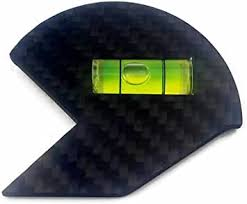- Joined
- Feb 21, 2022
- Messages
- 779
Apologies, the toolholder looks just like a pinlock style, where the insert slides over the pin and an allen key clamps the insert by moving the pivoting pin towards the seating corner. Your holder must have a different clamping system.Because I didn't have the foresight to pm you first and get your input.Joking.
On this particular tool, the stud is pressed into a hole in the holder and the seat/insert slide down onto it. It's the only part around the insert seat area that actually IS fixed.
Maybe Shars changed the design since I bought mine and yours is different?
As it is, the results were + - less that 5 ten thousandths. Close as I could tell, the extreme spread was -.0002 / +.0005 with a standard deviation of +-.0003.
If the methods you mentioned would have got me significantly better results, I'd have needed a .0001" indicator to see it anyway.
I meant that there were other places on the toolholder where the dti could have been more easily registered, as all are relative to the tool height.



